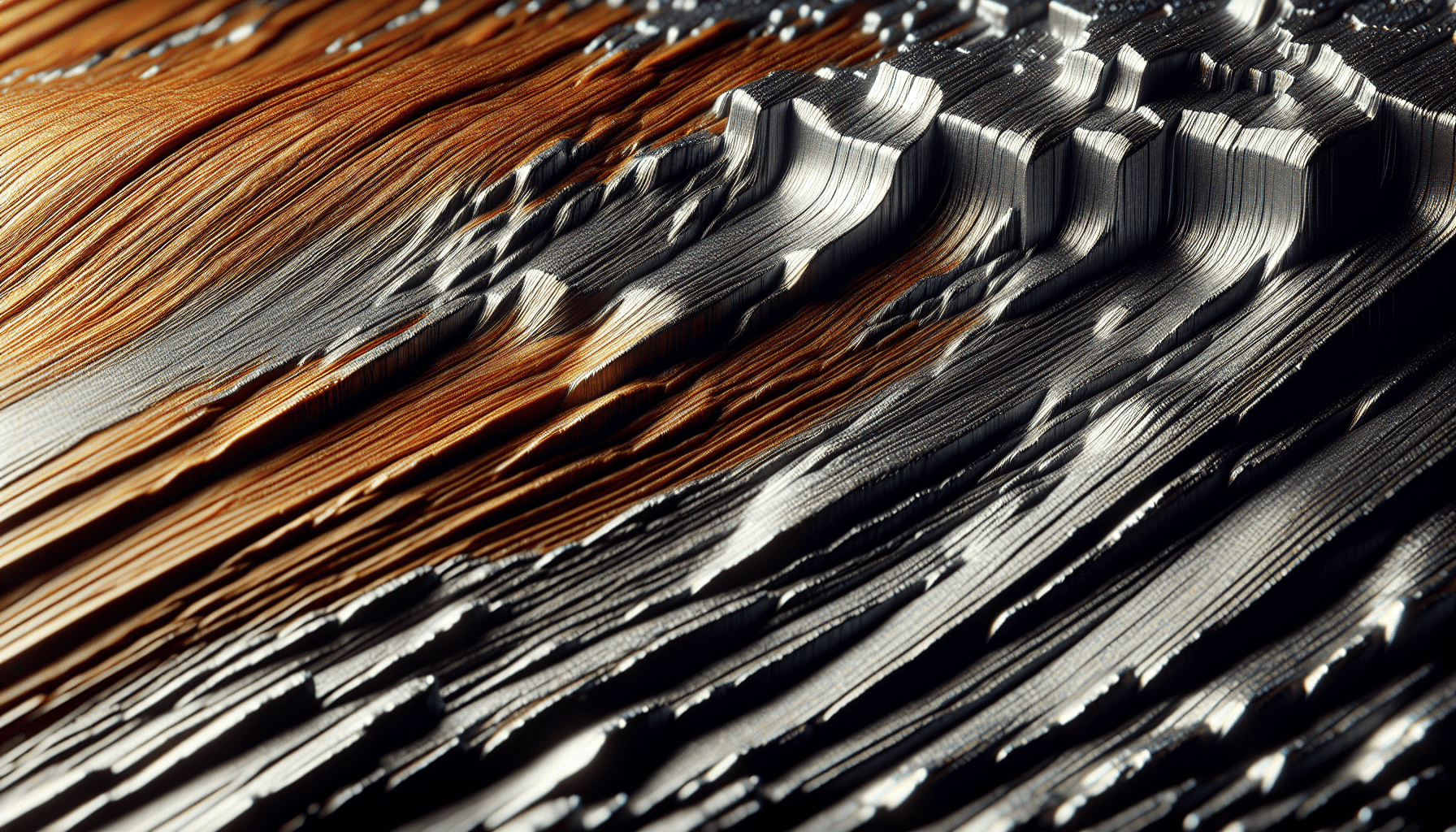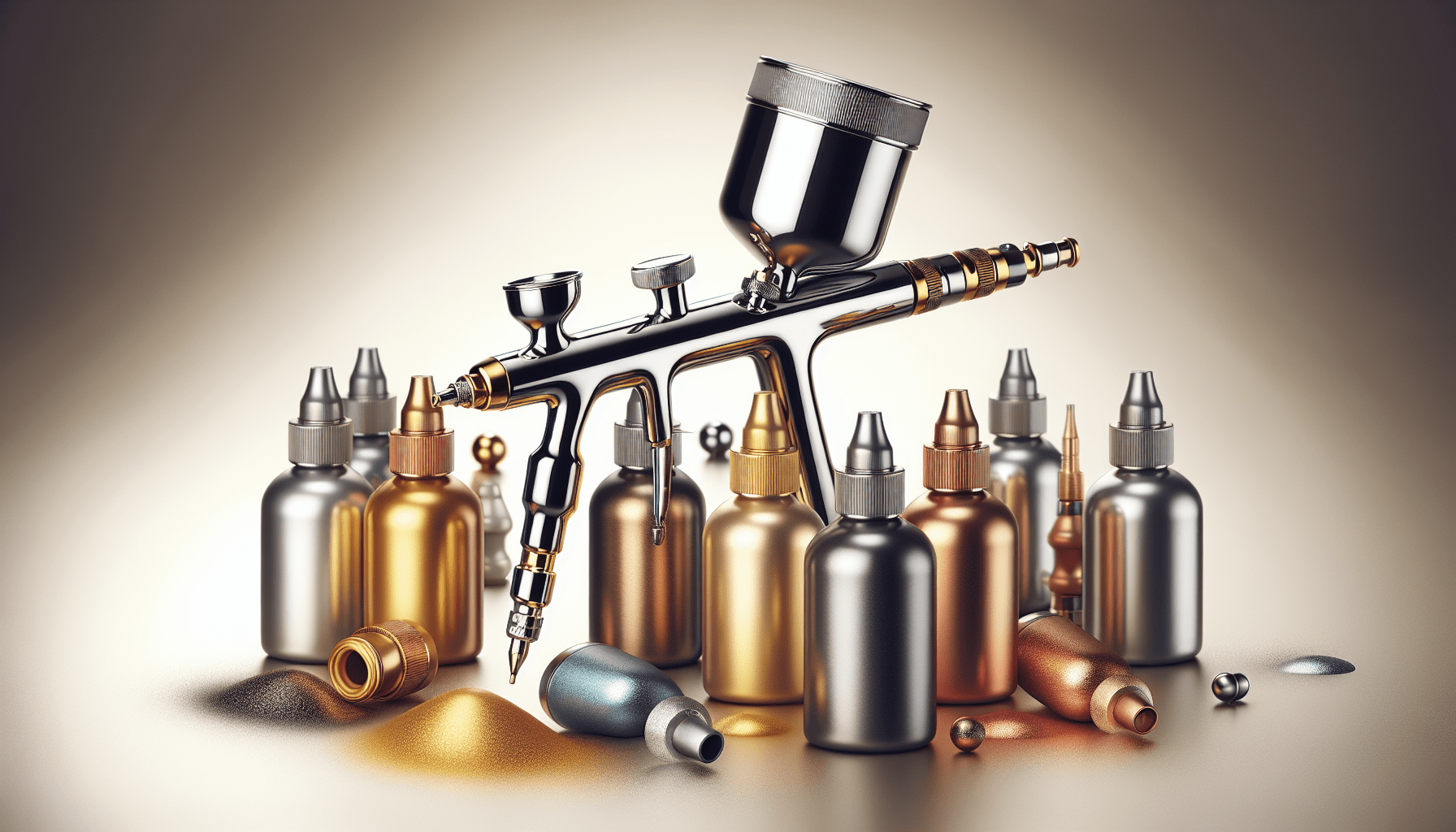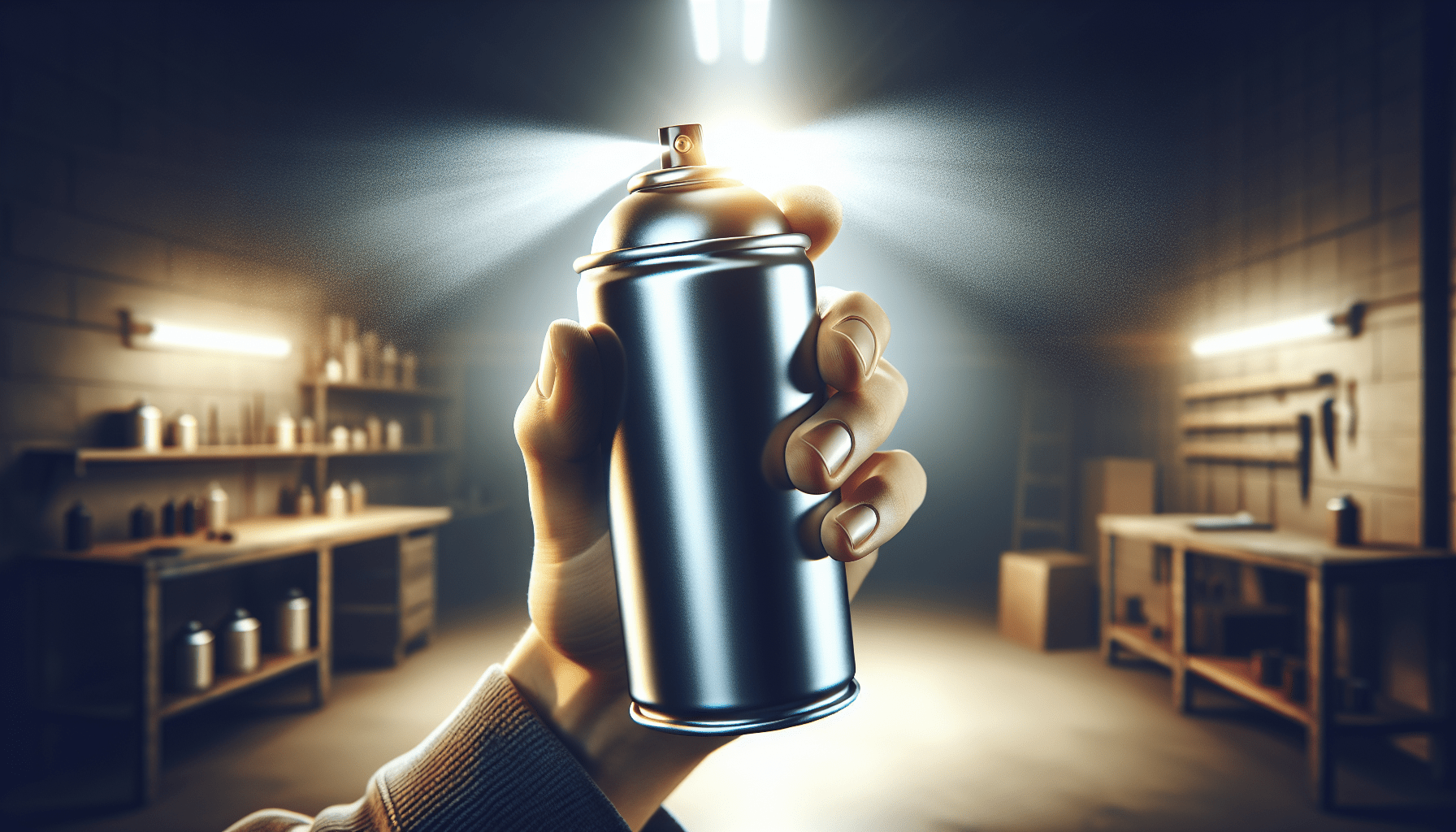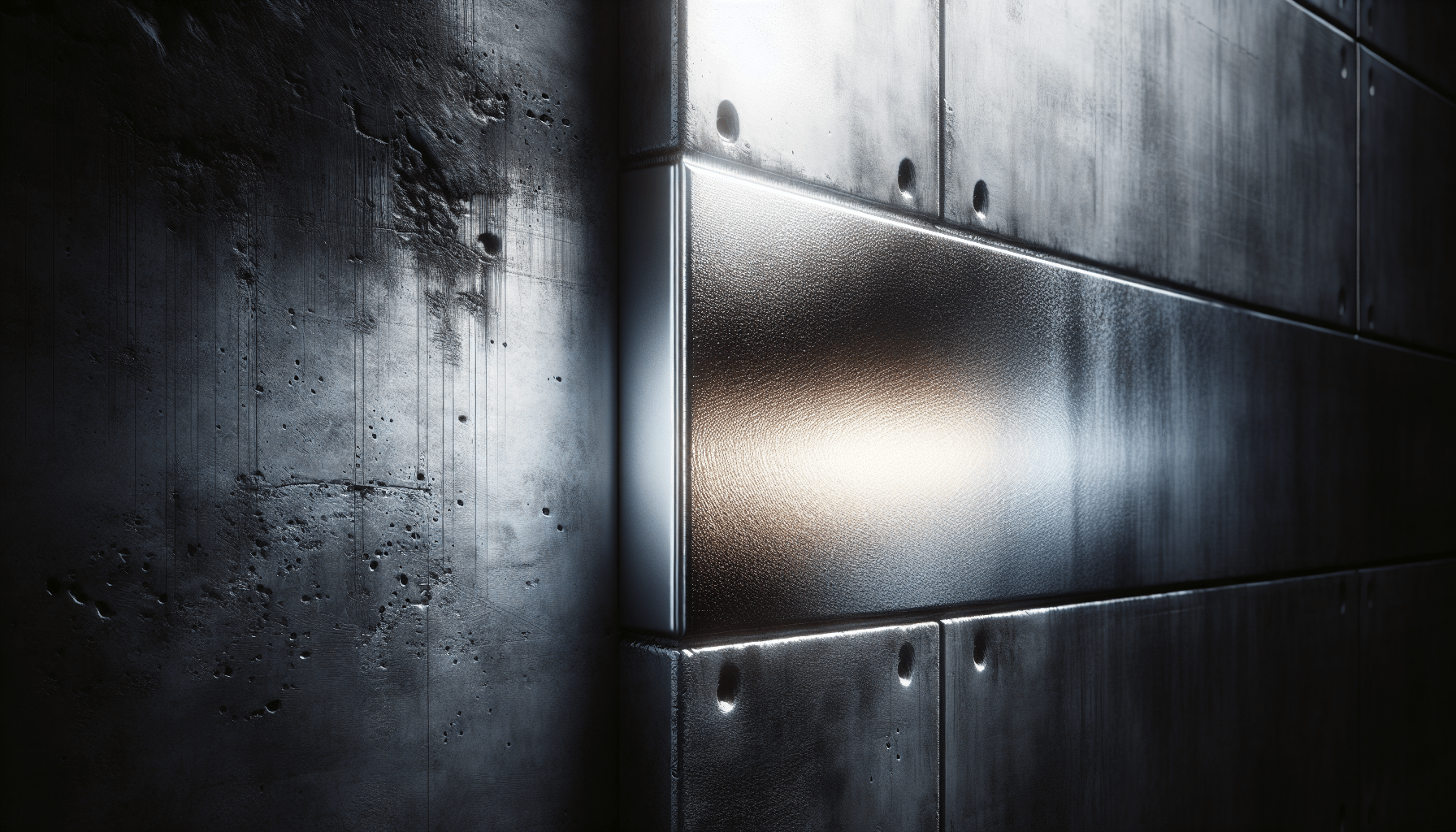Have you ever wondered if metallic paint can be used on wood? The marriage of the material’s natural warmth and the sheen of metallics creates a truly unique finish, evoking both elegance and modernity. But before embarking on such a project, it’s vital to understand the nuances involved.
Can Metallic Paint Be Used on Wood?
The short answer is yes, metallic paint can be used on wood. However, there’s more to this query than a straightforward answer. The key factors range from understanding the compatibility of materials to the step-by-step application process, and essential considerations for achieving a professional look.
Suitability of Metallic Paint for Wood
Metallic paint is often composed of tiny metallic particles suspended in a liquid base, producing a reflective finish. Though traditionally used on metal, plastic, or even walls, its application on wood has garnered a significant interest. The primary concern remains: can wood handle metallic paint just as effectively?
Pros of Using Metallic Paint on Wood
- Aesthetic Versatility: Brings out both the texture of the wood and the luster of metallics.
- Durability: Metallic paints are resilient and typically offer a longer lifespan.
- Customization: Numerous color options and effects are available, offering tailored finishes.
Cons of Using Metallic Paint on Wood
- Complex Application: Requires careful preparation and multiple steps.
- Cost: Generally more expensive than standard paints.
- Touch-ups: Matching the exact shade for future touch-ups can be challenging.
Types of Metallic Paint Suited for Wood
Not all metallic paints are created equal. Understanding which types are best suited for wood allows you to make an informed decision.
| Type of Metallic Paint | Description | Suitability for Wood |
|---|---|---|
| Acrylic-based | Water-soluble and easy to clean | Excellent for wood |
| Oil-based | Durable, but longer drying time | Suitable, with preparation |
| Spray Paint | Convenient but can be uneven | Good for smaller projects |
| Leafing Paint | Essentially metallic foils in paint form | Great for detailed work |
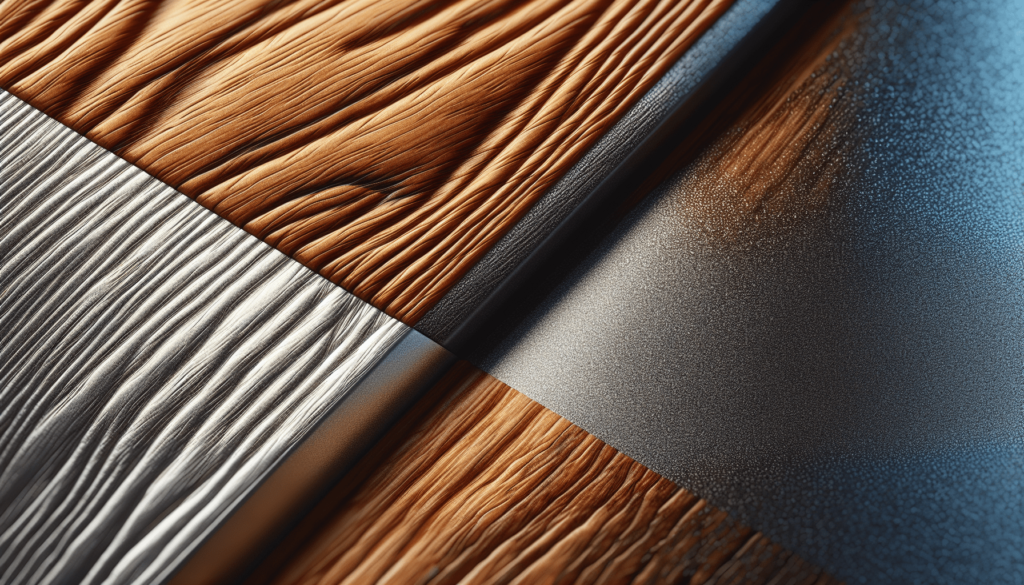
Preparing the Wood Surface
Preparation is crucial when applying metallic paint on wood. The wood must be free of imperfections, clean, and smooth to ensure the metallic paint adheres properly and looks its best.
Steps for Preparation
- Sanding: Smooth the surface by sanding it with fine-grit sandpaper.
- Priming: Apply a wood primer to seal the grain and provide a base coat.
- Filling: Use wood filler to mend any cracks or dents, and sand again if required.
- Cleaning: Wipe the surface with a tack cloth to remove sanding dust and debris.
Priming the Surface
Priming wood before applying metallic paint is non-negotiable. The primer creates a uniform surface that enhances paint adhesion and durability.
Types of Primers
- Shellac Primer: Fast-drying and excellent for sealing wood tannins.
- Oil-based Primer: Provides a robust barrier, useful for dense wood.
- Latex Primer: Water-soluble and quick-drying, good for softwoods.
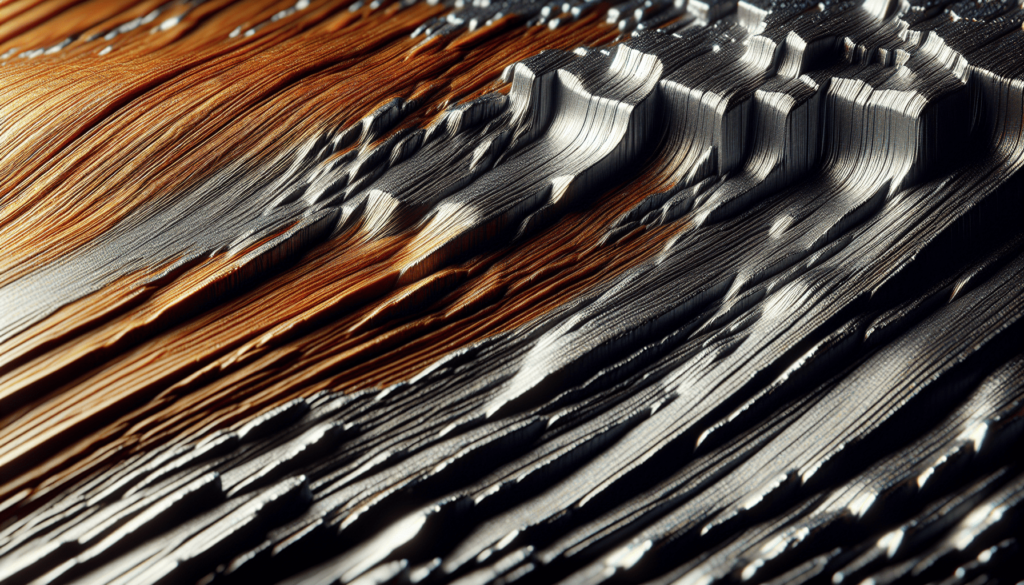
Application of Metallic Paint
Applying metallic paint can be done in various ways depending on the type you choose. Each method has its pros and cons that should be weighed based on the specific requirements of your project.
Brushing
Using a brush to apply metallic paint on wood is ideal for detailed work. Always opt for a high-quality synthetic brush, as cheaper brushes leave streaks.
- Apply Evenly: Start with thin coats and brush in the direction of the wood grain.
- Multiple Coats: Allow each layer to dry completely before applying the next.
Spraying
Spraying is a more convenient method for larger surfaces. It ensures an even coating but requires more preparation, including masking off areas not to be painted.
- Shake Well: Shake the spray can vigorously to mix the contents.
- Sweep in Motion: Maintain a steady hand and a consistent sweeping motion to avoid drips.
Rolling
Using a roller can cover large areas quickly but may not be suitable for intricate details.
- Use a High-density Foam Roller: This will ensure smooth, even application.
- Thin Coats: Apply thin coats to avoid roller marks.
Special Techniques
Various special techniques can be employed to achieve unique finishes when using metallic paint on wood.
Dry Brushing
Dry brushing involves using a minimal amount of paint on a dry brush to accentuate the wood grain and create a textured effect.
Layering
Applying multiple layers of different metallic shades can result in a nuanced, dynamic look.
Stippling
Using a stippling brush or sponge to dab paint on the wood surface can achieve a textured, dotted effect.
Sealing the Painted Surface
Once the metallic paint has dried completely, sealing the surface with a clear topcoat can enhance durability and offer extra protection.
Types of Sealers
- Polyurethane: Provides a hard, durable finish; oil-based versions add a slight amber tint, while water-based remain clear.
- Lacquer: Fast-drying and gives a highly glossy finish.
- Wax: Adds a soft, natural finish, ideal for furniture and decorative pieces.
Potential Pitfalls and How to Avoid Them
Throughout the painting process, several common pitfalls can hinder your success. Awareness of these will help you sidestep them effectively.
Lapping Marks
Lapping marks occur when paint overlaps but has dried in between, creating uneven patches. Prevent this by working in small sections and maintaining a wet edge.
Paint Drips
Drips and runs can mar the smooth appearance of metallic paint. Avoid them by applying thin coats and watching for excess paint buildup.
Brush Strokes
Visible brush strokes can ruin a metallic finish. Utilize high-quality brushes and consider lightly sanding between coats for an ultra-smooth finish.
Comparing Metallic Paint with Other Finishes
To understand the unique benefits of metallic paint on wood, a comparison with other types of paint and finishes is useful.
| Finish Type | Appearance | Durability | Cost |
|---|---|---|---|
| Metallic Paint | Shiny, reflective, modern | High | High |
| Gloss Paint | Shiny but not reflective | Medium to High | Medium |
| Matte Paint | Non-reflective, soft finish | Low to Medium | Low |
| Stains | Enhances natural grain without sheen | Medium | Low |
Environmental and Safety Considerations
Applying metallic paint on wood isn’t just about the aesthetic outcome; environmental and safety considerations are paramount.
Ventilation
Ensure adequate ventilation to avoid inhaling fumes, particularly when using oil-based or spray paints. Work in a well-ventilated area or use fans to disperse any accumulated fumes.
Protective Gear
Wear protective gear, including gloves and masks, to protect your skin and respiratory system from harmful chemicals.
Disposal
Proper disposal of paint cans and residuals is essential. Follow local regulations for hazardous waste disposal to minimize environmental impact.
FAQs
Can I apply metallic paint directly on wood without primer?
It is strongly recommended to use a primer to ensure better adhesion and more uniform results.
How many coats of metallic paint are usually required?
Typically, two to three thin coats are required for full coverage and the best finish.
Do I need to sand between coats?
Lightly sanding between coats can achieve a smoother finish, particularly if brush strokes or imperfections are visible.
Can metallic paint be used outdoors?
Yes, but it’s advisable to use an outdoor-grade sealer to protect it from the elements.
Which is better for metallic finishes on wood: spray paint or brush-on paint?
Both have their advantages; spray paint offers an even finish and ease for large surfaces, while brush-on paint provides more control for detailed work.
Conclusion
Bringing a metallic finish to your wooden projects is entirely feasible and can result in a stunning appearance. From understanding the types of paints suitable for wood, through the critical preparation steps, to mastering the application techniques, your venture into using metallic paint on wood can be both rewarding and lasting. Engage these tips and recommendations to elevate your woodworking projects to a new level of sophistication and durability. With proper preparation and execution, metallic paint can indeed breathe new life into wood, offering a contemporary twist on a timeless material.
